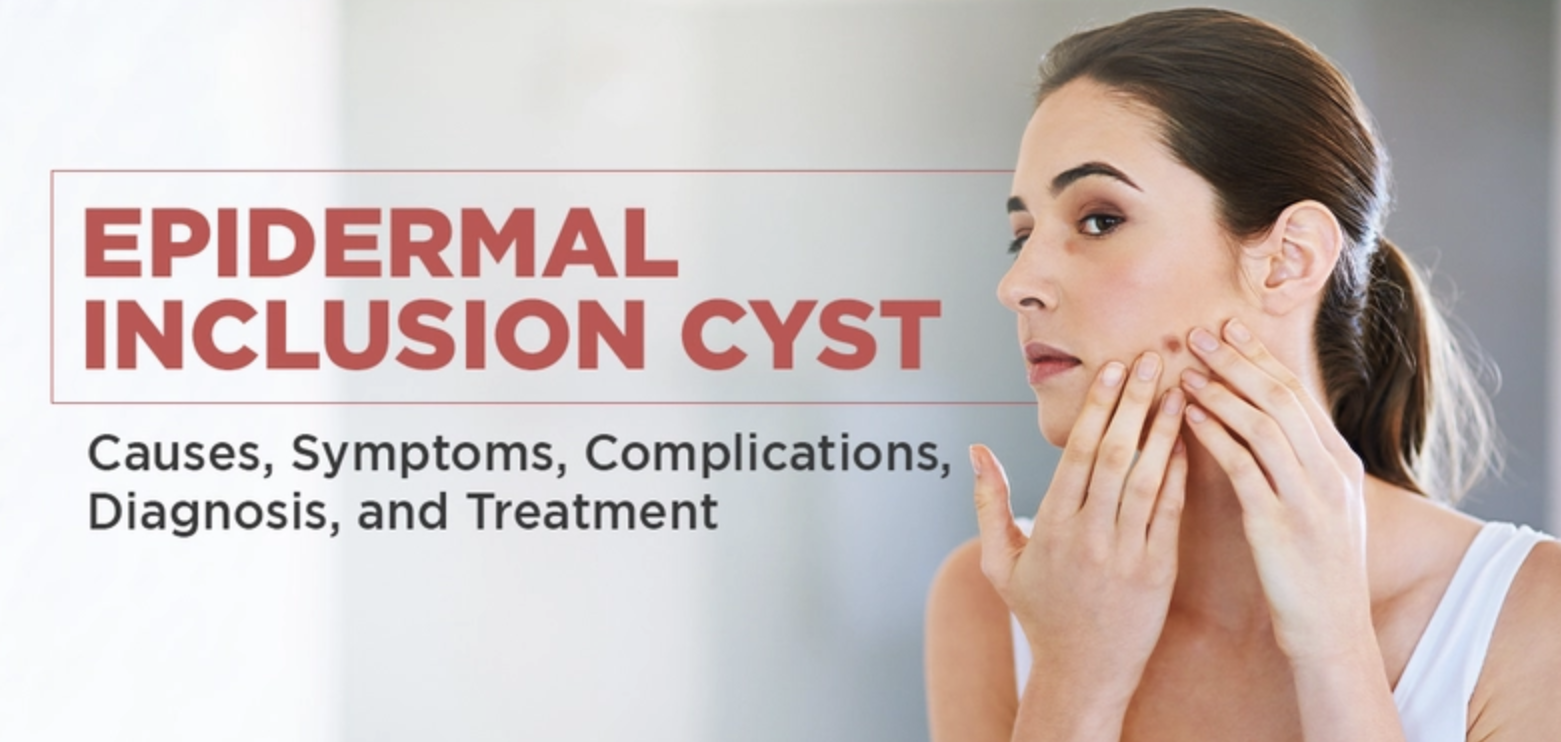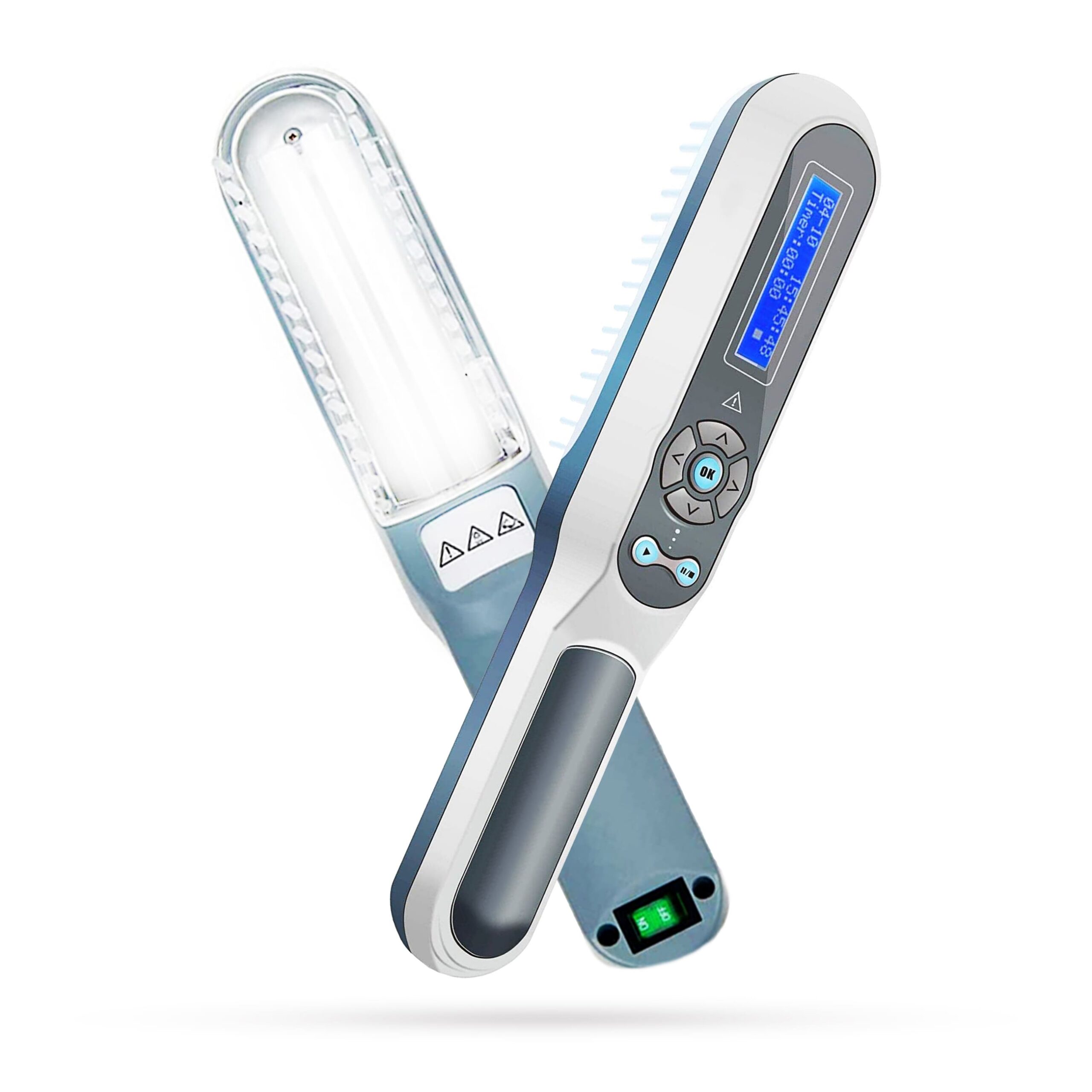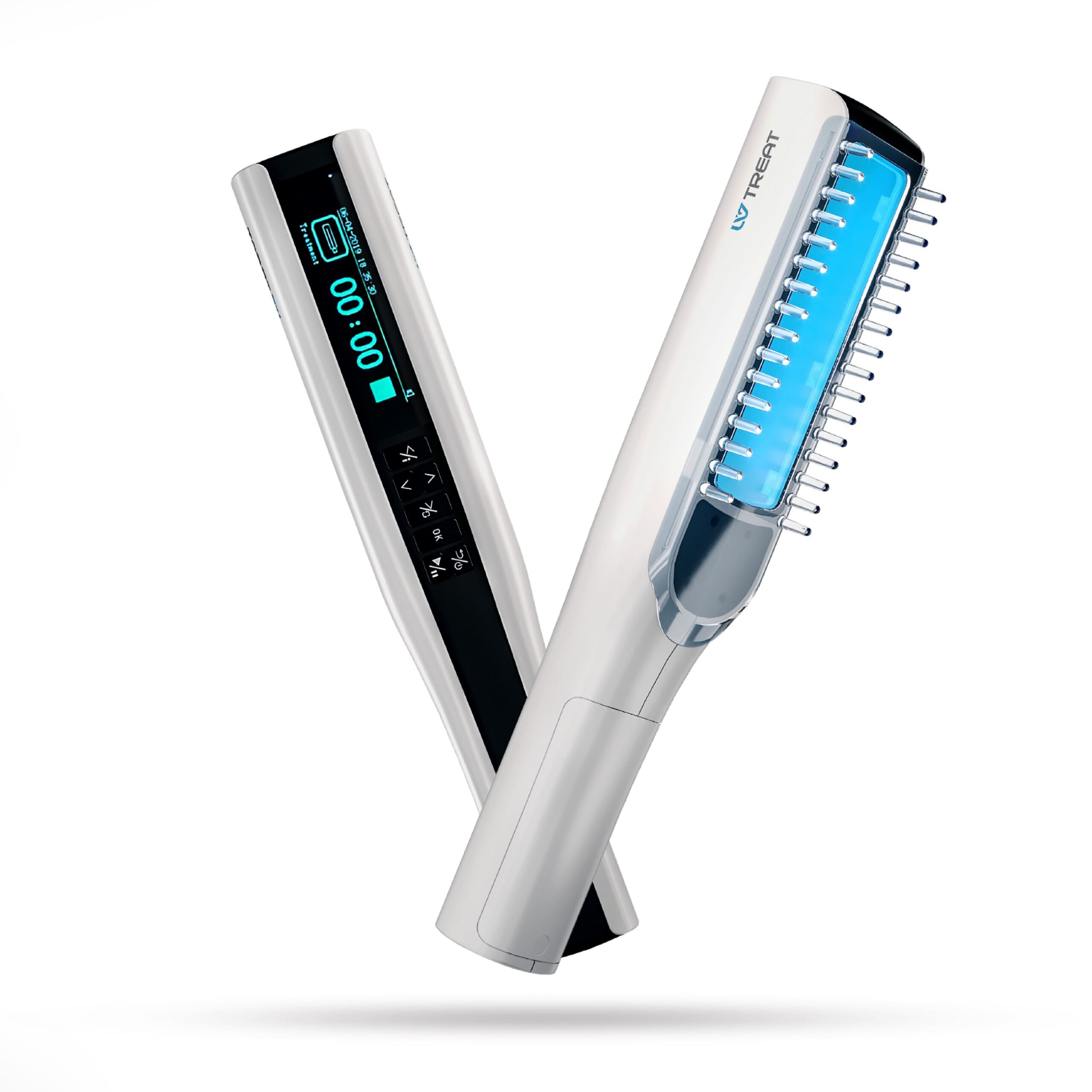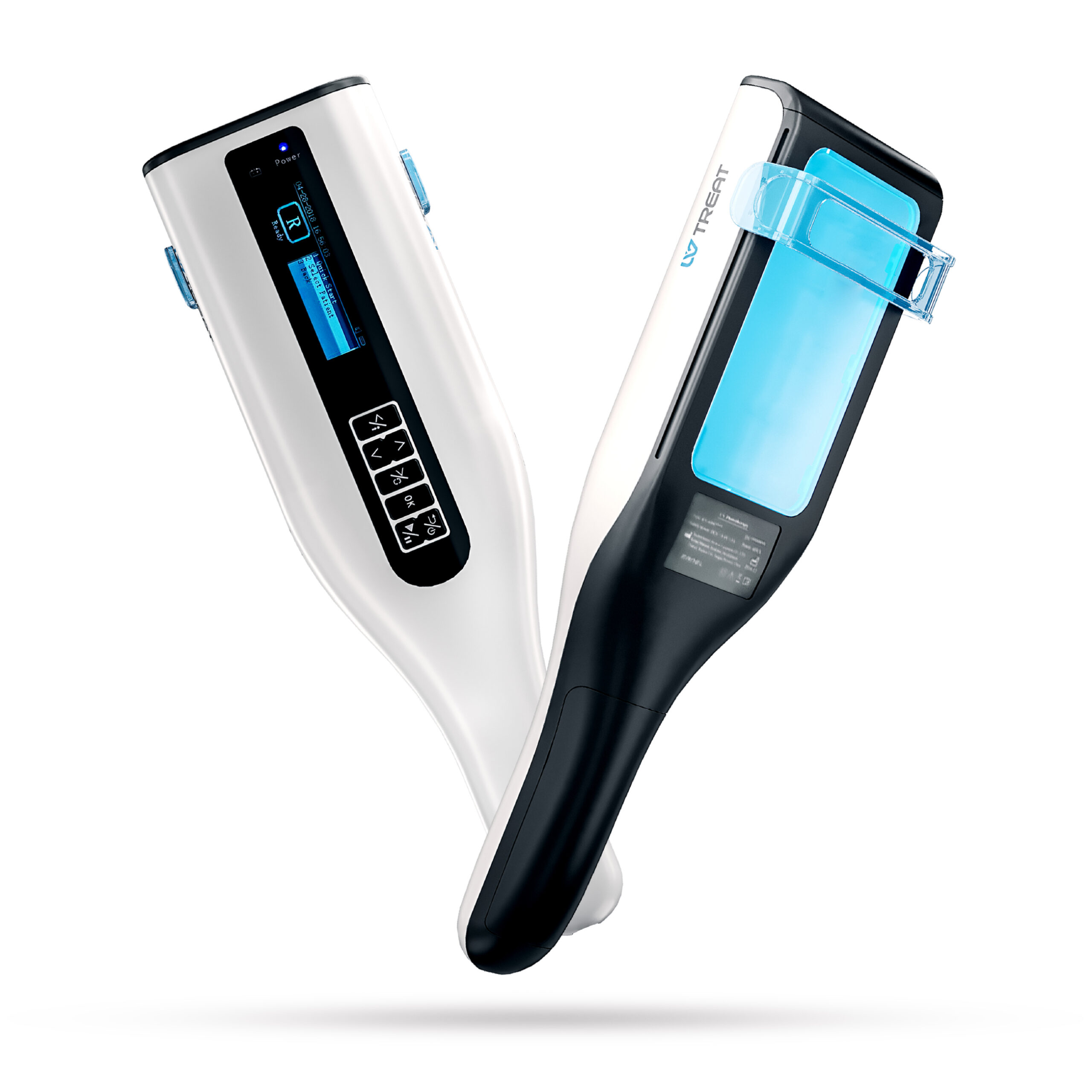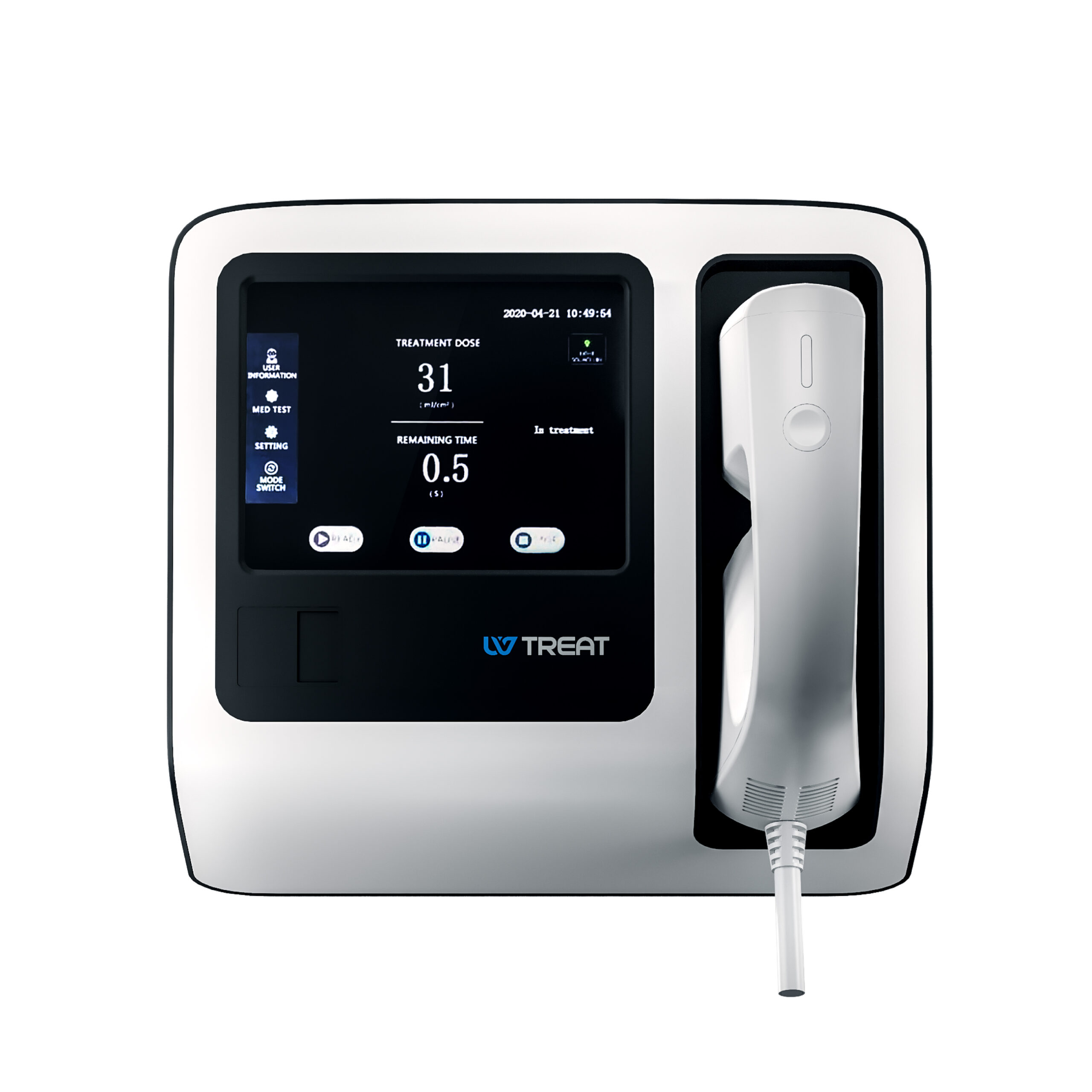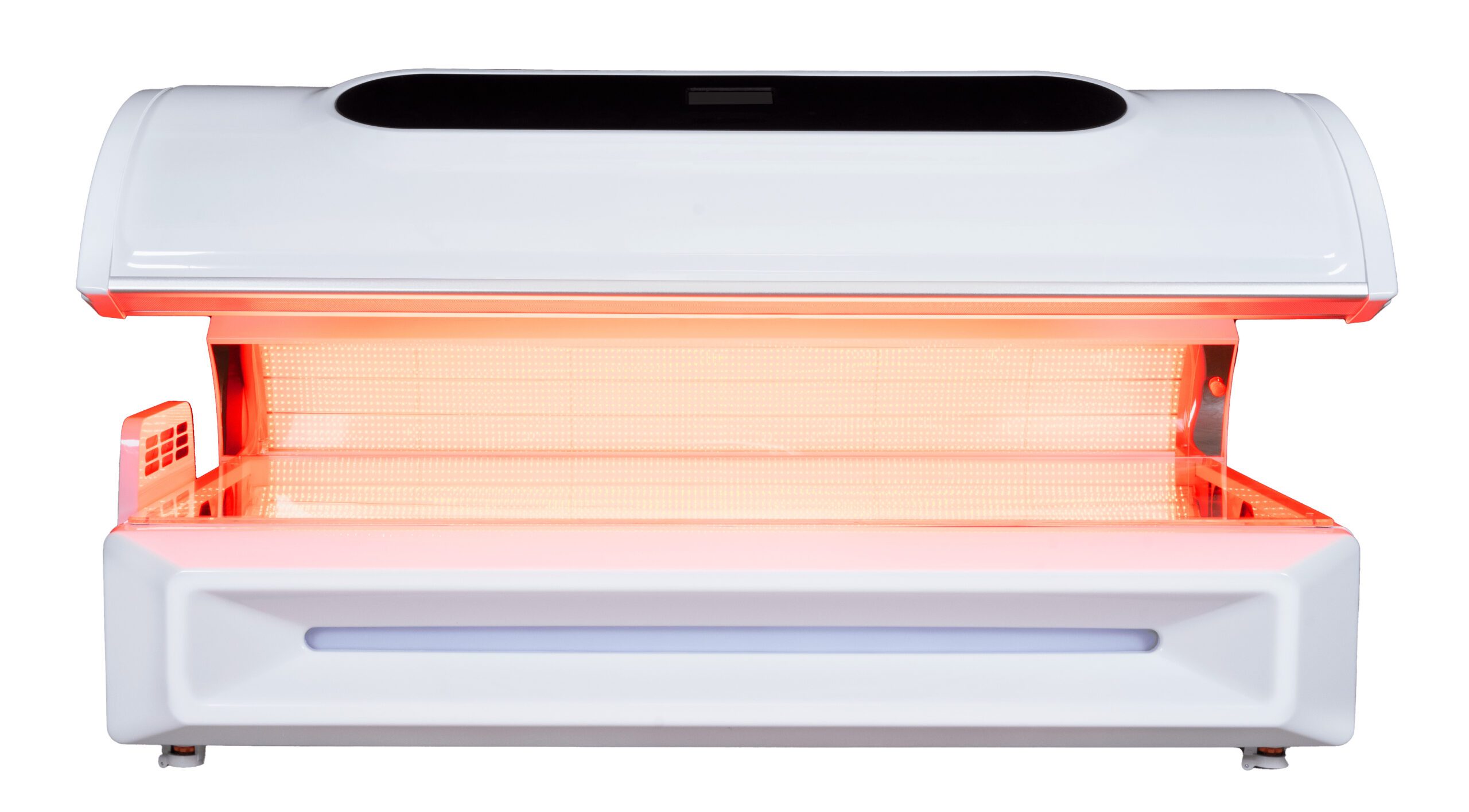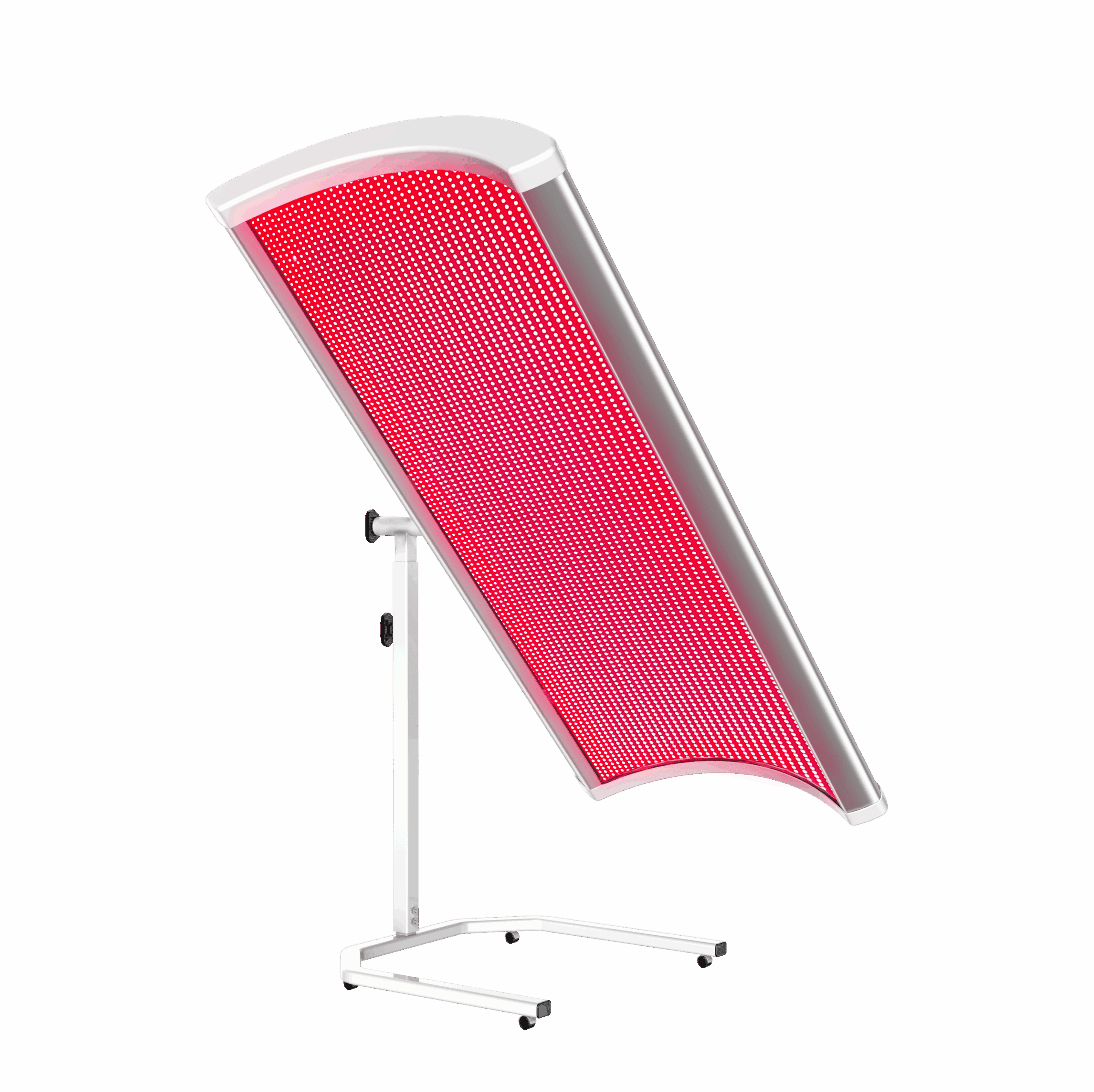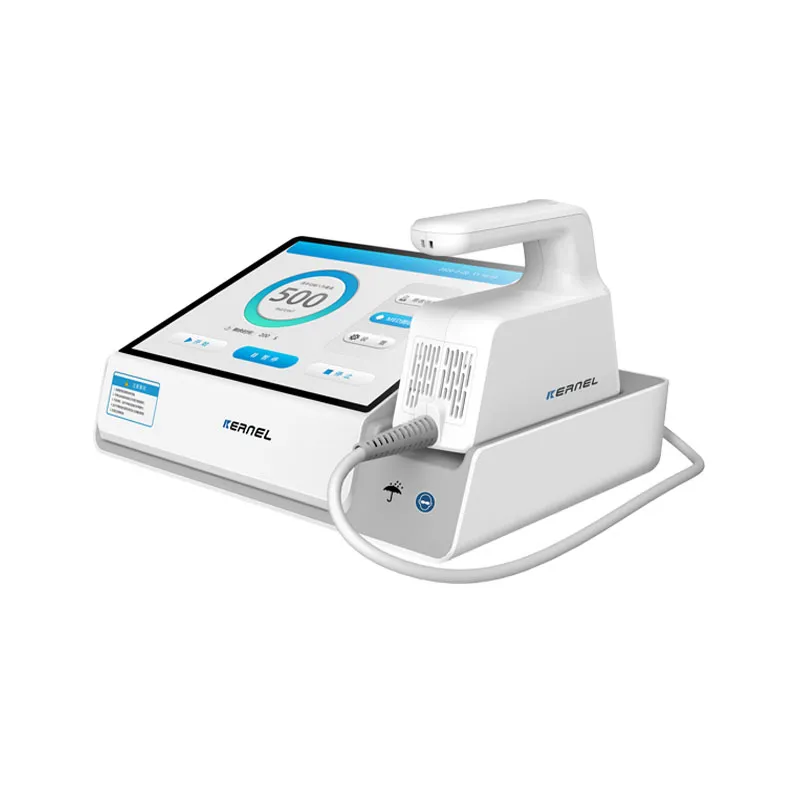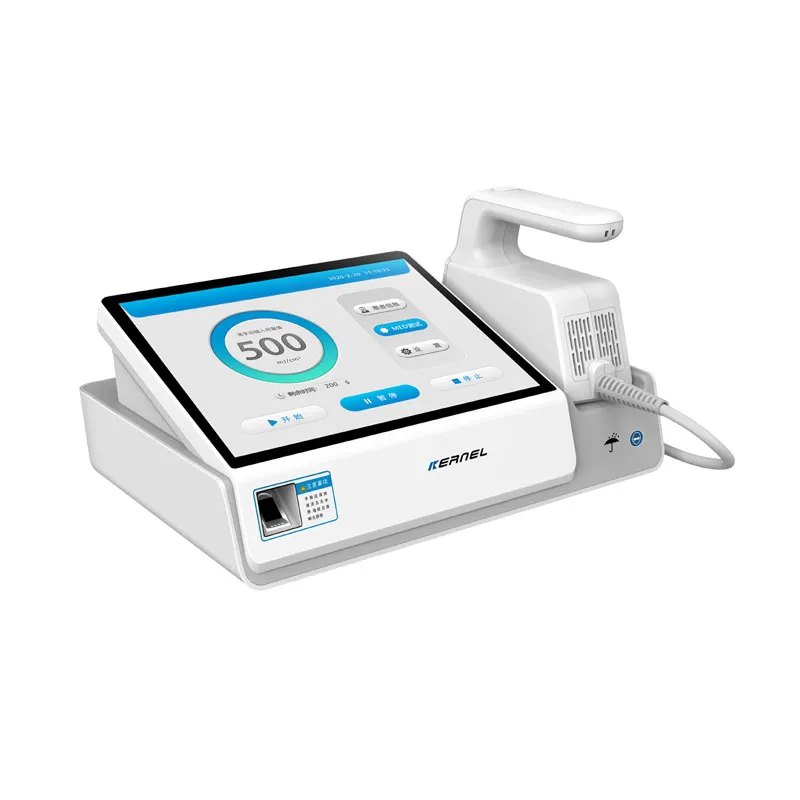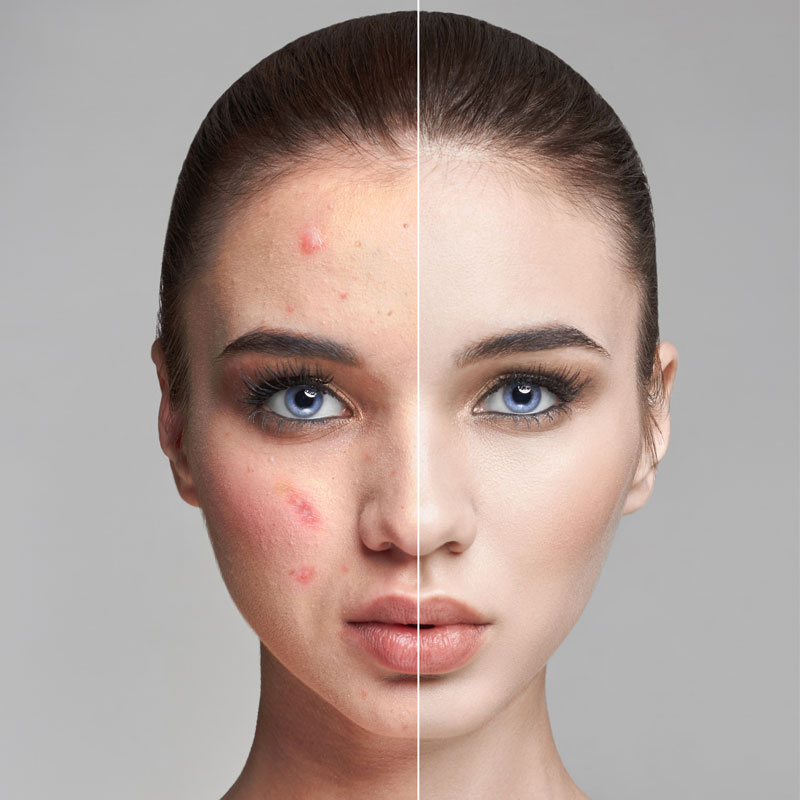What are epidermoid cysts?
Epidermoid cysts are typically harmless, slow-growing bumps under the skin.
They often appear on areas with more hair such as the scalp, face, trunk, upper back, or groin area.
These cysts can range in size from ½ inch to several inches across.
Some may have an enlarged pore in the center of them.
They are the most common type of skin (cutaneous) cyst.
Epidermoid cysts are sometimes called epidermal cysts. They are also called sebaceous cysts.
But a sebaceous cyst is different from an epidermoid cyst. They are also less common.True sebaceous cysts start in the sebaceous gland.
This is an oil gland in the skin that produces (secretes) an oily substance called sebum.
Sebum lubricates the skin to help keep it healthy.
Epidermoid cysts can remain stable. Or they may steadily grow. Sometimes they will become inflamed, red, painful, or suddenly break open (rupture). This poses a risk for infection.
What causes epidermoid cysts?
Your skin has several layers. The thin, protective outer layer of skin is called the epidermis. The cells that make up the outermost layer slowly shed and are replaced as newer cells move to the skin’s surface.
Most epidermoid cysts are caused when skin (epidermal) cells move under the skin surface, or are covered over by it instead of shedding.
These cells continue to multiply, like skin does normally. They then form a wall around themselves (cyst) and secrete normal skin fluids (keratin).
This is a thick, yellow substance that may drain from the cyst. This may be developmental. But it often happens because of an injury to the skin.
Epidermoid cysts are often found around hair follicles. These follicles are like cysts, but they have openings. Normal lubricating oils for your hair are sent out through these openings.
A cyst occurs when an opening becomes blocked or the site inflamed.
This often occurs when there is damage to the hair follicles by a scrape or wound.
What are the symptoms of epidermoid cysts?
Symptoms of an epidermoid cyst may include:
- Feeling a lump just beneath the skin
- It may be painful
- The cyst may smell bad
- The cyst may become inflamed or red
- The cyst may leak fluid or thick material
- The symptoms of epidermoid cysts may look like other skin conditions. Always talk with your healthcare provider for a diagnosis.
How are epidermoid cysts diagnosed?
A healthcare provider can often diagnose an epidermoid cyst by examining the cyst. A tissue sample (scraping dead skin) can be taken and looked at under a microscope.
How are epidermoid cysts treated?
Epidermoid cysts often go away without any treatment. If the cyst drains on its own, it may return. Most cysts don’t cause problems or need treatment. But if a cyst is a concern to you for any reason, see your healthcare provider. Epidermoid cysts can be treated by simple surgery (excision) with removal of the cyst and cyst wall.
What are possible complications of epidermoid cysts?
Epidermoid cysts may go away on their own. The cysts are often not painful, unless they become inflamed or infected.
An epidermoid cyst that is inflamed can be injected with steroids. This can reduce inflammation and the cyst may not need to be drained.But infected cysts may need to be cut and drained. To do this, your provider makes a hole in the top and removes what is inside.
Large cysts can come back after this procedure and may have to be surgically removed (excised). If a cyst becomes swollen, tender, large, or infected, treatment may include antibiotics and then surgery.
Can epidermoid cysts be prevented?
There is no known way to prevent epidermoid cysts. But you can prevent possible infection and scarring if you don’t squeeze, pop, stick a needle in it, or cut it open.This often leads to an infection and scarring. If it gets severely inflamed or infected, you should get medical care.
When should I call my healthcare provider?
Call your healthcare provider right away if any of these occur:
Swelling, redness, or pain
Pus coming from the cyst
Key points about epidermoid cysts
- Epidermoid cysts are typically harmless, slow-growing bumps under the skin.
- They often appear on areas with more hair such as the scalp, face, trunk, upper back, or groin area.
- Epidermoid cysts often go away without any treatment. If the cyst drains on its own, it may return.
- Most cysts don’t cause problems or need treatment. They are often not painful, unless they become inflamed or infected.
- If a cyst is a concern to you for any reason, see your healthcare provider. It can be removed through simple surgery.
Next steps
Tips to help you get the most from a visit to your healthcare provider:
- Know the reason for your visit and what you want to happen.
- Before your visit, write down questions you want answered.
- Bring someone with you to help you ask questions and remember what your provider tells you.
- At the visit, write down the name of a new diagnosis, and any new medicines, treatments, or tests. Also write down any new instructions your provider gives you.
- Know why a new medicine or treatment is prescribed, and how it will help you. Also know what the side effects are.
- Ask if your condition can be treated in other ways.
- Know why a test or procedure is recommended and what the results could mean.
- Know what to expect if you do not take the medicine or have the test or procedure.
- If you have a follow-up appointment, write down the date, time, and purpose for that visit.
- Know how you can contact your provider if you have questions.
